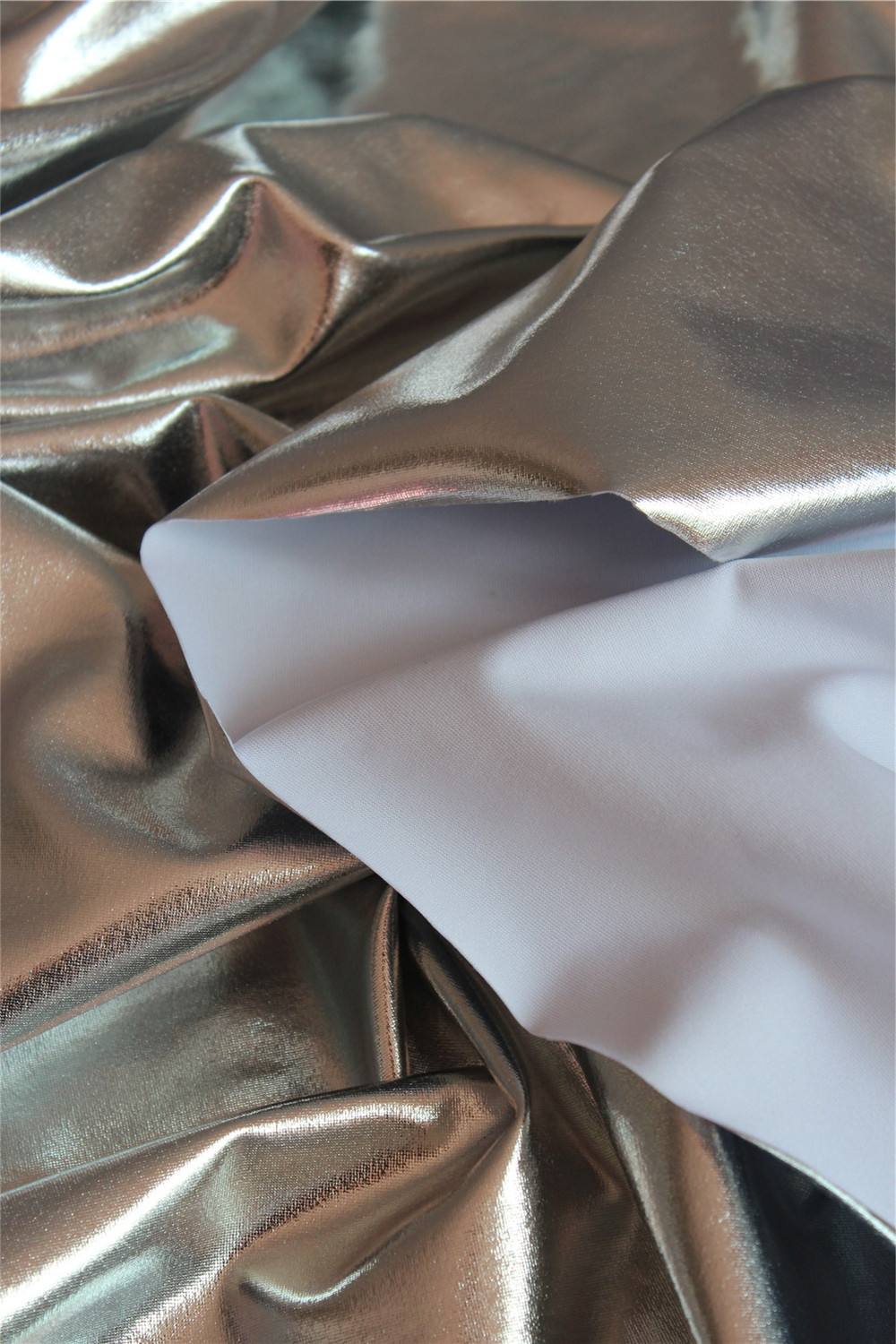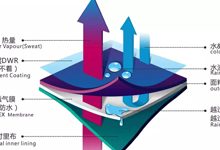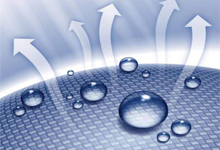Research progress of thermosetting resin composite materials
Thermosetting resin composites research progress

Aramid composite materials can be divided into rubber-based composite materials, metal-based composite materials, inorganic non-metal-based composite materials and resin-based composite materials according to different types of matrix materials. Among them, para-aramid resin-based composite materials have excellent properties such as high strength, high modulus, and lightweight. Therefore, they have been widely used in military, aerospace and other fields, and have become a research hotspot of widespread concern among domestic and foreign scholars. Aramid molecules have a rigid benzene ring structure with high orientation and high crystallinity. However, the polarity of the molecular surface is weak and there are few active groups, resulting in poor bonding performance between aramid and the resin matrix and uneven interlayer shear strength. Low. Therefore, it is necessary to improve the interface properties of para-aramid resin matrix composites by selecting an appropriate resin matrix or modifying the fiber surface, so that its comprehensive performance can be fully utilized. This article uses a variety of common thermosetting resins as representatives to review the research progress of new technologies related to para-aramid resin-based composite materials.
Picture
1
Epoxy resin
Oliwa studied the effect of modified aluminosilicates (including Armenian bentonite modified by quaternary ammonium salts and quaternary phosphonium salts) on the mechanical properties and morphology of aramid/epoxy resin composites. The results show that the mechanical properties of the composite materials increase with the increase of the loading amount of modified bentonite in the resin matrix. Among them, the mechanical properties of the composite material with a quaternary ammonium salt content of 3 wt.% have been most significantly improved. Its tensile strength is 302.9 MPa (increased by 30%), Young’s modulus is 16.3 GPa (increased by 17%), and the bending modulus The amount is 23.4 GPa (increased by 12.5%), the in-plane shear strength is 22.8 MPa (increased by 24.5%), and the in-plane shear modulus is 677.2 MPa (increased by 42%).
Mourad et al. studied the impact of nanofillers on the impact resistance and energy absorption properties of Kevlar (an aramid produced by DuPont in the United States) KM2plus composite materials. The results show that adding a small amount of nanofillers to the epoxy resin matrix can effectively improve the crack growth resistance and interlaminar shear strength of aramid/epoxy resin composites. In addition, the number and area of damaged layers decreased with the increase of filler content, indicating that the energy absorption performance of the composite material was also improved. Comparing the results of Taraghi et al. with this study, it was found that the optimal nanofiller for Kevlar KM2plus/epoxy composites is 0.3 to 0.5 wt.% multi-walled carbon nanotubes.

Liu Jikai used para-aramid cloth-reinforced epoxy resin prepreg as raw material, prepared composite laminates through a compression molding process, and examined the mechanical properties and flame retardant properties of the laminates. The results show that when the molding temperature is 160°C, heat preservation and curing is 90 minutes, and the molding pressure is 0.8 MPa, the comprehensive mechanical properties are optimal, and its tensile strength, compressive strength, compression modulus, bending strength, and short beam shear strength respectively reach The peak values are 504.5 MPa, 170.5 MPa, 29.1 GPa, 442.1 MPa and 33.0 MPa. In addition, the laminate has a limiting oxygen index of 44.57%, a vertical combustion rating of up to V-0, and excellent heat resistance and flame retardant properties.
Chen Chaofeng et al. studied the basic properties of domestic aramid III, corresponding fabrics and their 3233 medium-temperature epoxy resin composite laminates. The characterization results show that the breaking strengths of three specifications of fibers (F-3/23 tex, F-3/44 tex and F-3/135 tex) are all above 28.7 cN/dtex, and the corresponding three fabrics (F-3P60 , F-3S120 and F-3S175) have higher tensile breaking strength. Among them, the warp tensile strength of F-3S175 is as high as 4499 N/25 mm, which is 81.7% higher than imported aramid II-914 fabric. The performance of the three fabric composite materials (F-3P60/3233, F-3S120/3233 and F-3S175/3233) is stable, and the compressive strength in the wet condition is reduced by 41.6%, 41.0% and 40.5% compared with the room temperature condition.
Ayten et al. studied the quasi-static penetration behavior of aramid/epoxy resin composites with a thickness of 2 to 6 mm through numerical simulation and experimental analysis. Through various mechanical tests such as tension, compression and plane shear, the material model parameters for numerical simulation were obtained. The results show that the maximum tensile, compressive and shear strengths of the composite are 577 MPa, 110 MPa and 125 MPa respectively. Since the simulation results are consistent with the experimental data, the numerical simulation is expected to accurately predict the quasi-static penetration behavior of various samples with different punching ratios.

Suresh et al. used manual lamination method to prepare three aramid/epoxy resin composite samples containing different mass ratios (2 wt.%, 4 wt.%, 6 wt.%) of silicon carbide, and characterized their mechanical properties. (such as tensile and bending strength), and compared with the numerical simulation analysis results, it was found that the experimental data were in good agreement with the simulation results. Among them, the aramid/epoxy resin composite with 6 wt.% silicon carbide showed excellent mechanical properties, with its tensile strength and flexural strength being 298.22 MPa (increased by 16%) and 232.39 MPa (increased by 32%) respectively.
Lei Yang et al. used aramid-reinforced epoxy resin to manually lay up laminates, and conducted experiments and finite element analysis on the low-speed impact properties of the laminates. A drop weight testing machine is used to conduct different impacts on laminates of different thicknesses.��
Jiang Xiang et al. believe that in addition to the selection of matrix resin and reinforcing fiber types, the molding process will also closely affect the performance of aramid-reinforced composite materials. In order for composite materials to give full play to the excellent properties of aramid short fibers and polyurethane resin, it is crucial to clarify the optimal molding process conditions. Therefore, this study used orthogonal experimental methods to examine the effects of pre-vulcanization time, molding temperature, molding pressure, molding time and other factors on the mechanical properties of composite materials. The results show that the optimal process conditions are preforming time of 4 hours, molding temperature of 170°C, molding pressure of 4 MPa, and molding time of 30 minutes. At this time, the aramid short fiber/polyurethane resin composite material with the best mechanical properties can be obtained, with a tensile strength of 35 MPa, which is 51.5% higher than that of unreinforced resin.
Thermosetting polyurethane has good properties such as impact resistance, high wear resistance and solvent resistance. If combined with para-aramid fiber to make aramid-reinforced polyurethane composite materials, it will have good application prospects in the military field, such as for the manufacture of armored vehicles and other military applications. Equipment protective layer, etc. Through in-depth research on the synthesis process, formula composition and para-aramid/polyurethane resin composite molding process conditions of polyurethane resin, it is expected to obtain higher performance composite products.
6
Other new thermosetting resins
Hui Xuemei et al. successfully prepared F-12 fiber/cyanate resin composite material and studied its mechanical properties and fracture morphology. The results show that the interlaminar shear strength of the composite material is ≤35 MPa, and the fracture failure mode is mainly F-12 fiber tearing and microfibrillation. The burst pressure of its φ150 mm pressure vessel is 25.3 MPa, and the fiber strength conversion rate is 70.22%, but the characteristic coefficient PV/WC value is low (34.22 km). Compared with F-12/epoxy resin composite materials, the overall performance of its cyanate-based composite materials is slightly inferior.
Based on the structural characteristics and similarity compatibility principle of aramid, Zhou Jiepeng et al. self-produced another new thermosetting resin (AFR-TE) as the matrix of aramid composite materials. Characterization results show that compared with E-51 epoxy resin, the heat distortion temperature (123.5°C) of AFR-TE resin casting is increased by 25%, and the toughness is significantly enhanced. The transverse tensile strength and interlaminar shear strength of the aramid/AFR-TE resin composite are 30.2 MPa and 71.2 MPa, respectively, which are 58.1% and 22.8% higher than the aramid/E-51 epoxy resin composite. It can be seen that the interfacial adhesion of AFR-TE resin to aramid is significantly better than that of epoxy resin.
In order to improve the interfacial bonding performance of para-aramid reinforced resin matrix composites, future research can consider starting from the resin matrix to develop a series of new thermosetting properties that have both good wettability on the fiber surface and strong bonding force. resin. In this way, complex and tedious surface treatment of the aramid itself can be avoided, thereby simplifying the preparation process and conducive to continuous online processing.
7
Conclusion
In aramid-reinforced resin-based composite materials, aramid fiber serves as a reinforcement and its main function is to bear loads. Therefore, the mechanical properties of the composite material mainly depend on aramid fiber. Although the mechanical properties of the resin matrix are not outstanding, its role cannot be ignored because the matrix can effectively bond the fibers together. In addition, the matrix type also determines the service temperature and weather resistance of the composite material. When the matrix resin type is different, the properties of para-aramid/thermosetting resin composite materials also have obvious differences. This article reviews the preparation methods and comprehensive properties of para-aramid composite products with different matrix resin types. This has certain reference value for scientific researchers to rationally select matrix resin types according to the application fields of composite materials.
At present, the development of domestic para-aramid composite materials is basically on track, but there are still problems such as unsatisfactory interface properties and relatively weak structural design and application research. In summary, the key directions for future research on para-aramid fiber-reinforced resin-based composite materials are: continue to deeply explore fiber surface modification technology, learn from each other’s strengths, and continuously improve the performance of aramid fibers; continue to develop materials with high reactivity, heat resistance, and high wave transmittance The resin matrix has the advantages of better efficiency and mechanical properties, further improving the comprehensive performance of aramid-reinforced resin-based composite materials.







